Five industries that benefit the most from 3D printing
Here are the five industries we believe will benefit most from additive manufacturing.
Based on the companies that already use additive manufacturing in their production process, we would like to highlight the industries that we believe will benefit most from additive manufacturing. If you look at these industries, you’ll quickly understand how and why 3D printers are changing the face of manufacturing. The goal is not to completely replace these manufacturing methods (they’re good and they work!), but to improve them with the help of Markforged 3D printers with high-strength components.
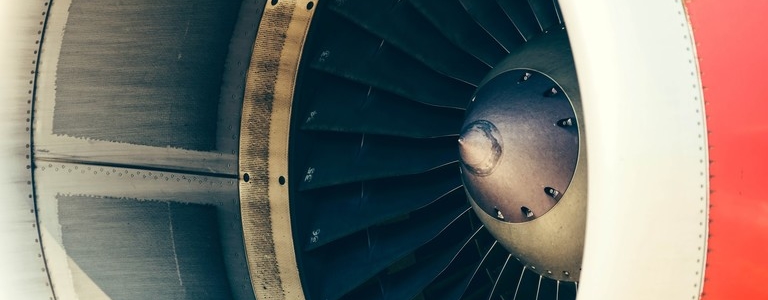
Aerospace
The aerospace industry has some of the highest standards in terms of the requirements of each component. Aerospace parts must withstand extreme temperatures and chemicals while being subjected to repeated loads. They should be as lightweight as possible. Failure of individual parts often results in system failures on aircraft carrying lives and cargo. Therefore, failure is simply not an option. Because part accuracy is critical to aircraft, aerospace engineers have used 3D print inspection tools to reduce the cost of low volume parts.
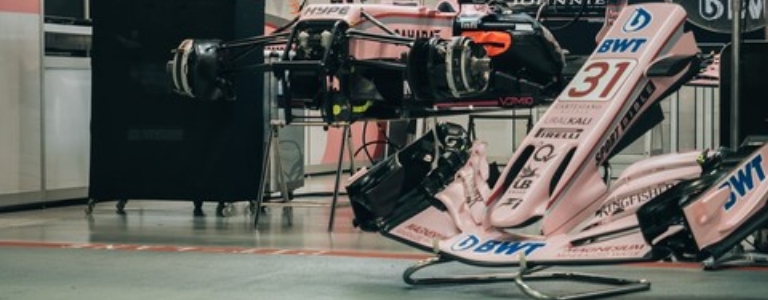
Automotive Industry
The automotive industry has advanced additive manufacturing, and well-known companies such as Audi use 3D printers. It’s not just the Audis of the world that use 3D printers – from race car teams to sub-manufacturers (OEMs) for every car manufacturer, 3D printers are used. The true value of 3D printed parts for automakers today is not in printed parts for cars, but in the tools and fixtures that support the manufacturing process. The most common parts printed by automakers are jigs, fixtures and prototypes that need to be rigid, strong and durable. It’s also not uncommon for 3D printers to be used to produce replacement parts for centuries-old cars. This ensures that there are enough parts available to service older cars and standard maintenance.
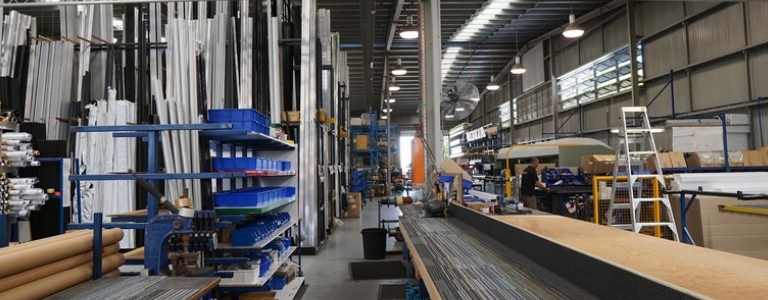
Manufacturing Industry
3D printers are turning decades of manufacturing industry upside down – from fixtures and brackets to the dashboard. Companies are able to produce low-volume custom tools and fixtures at a fraction of the traditional price, leaving designers and engineers more time to focus on revenue-generating parts. With a 3D printer, small manufacturers can take advantage of the same benefits as large, global manufacturers to improve and accelerate processing while minimizing downtime. Companies also have more creative freedom while saving labor costs and time. For example, metal fabricator Lean Machine has addressed 3D printing with an additive manufacturing approach (DFAM), saving $4,000 per tool.

Robotics
From adaptability to weight reduction, the factors that make successful robot parts fit well with 3D printing capabilities. Parts such as grippers and sensor mounts are expensive to manufacture and must be customized for different purposes. Robotic engineers use 3D printers for end-of-arm molds and end-use parts, from gripper fingers to entire robot components, to reduce the weight of the entire product, ensuring that the molds move faster and can carry heavier objects. Rather than paying large sums of money for a non-custom design, Markford/3D printers enable robotics companies to design and manufacture light, complex parts such as end-of-arm tools (e.g., gripper jaws) at a fraction of the cost.
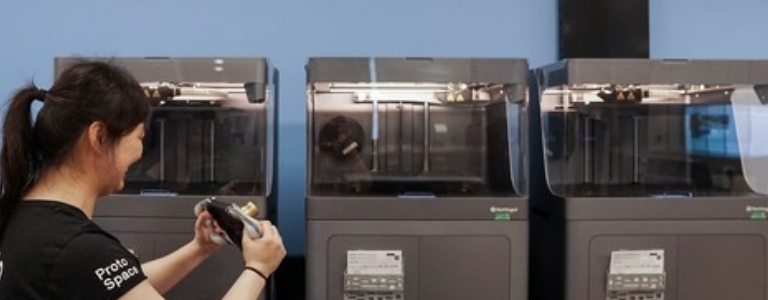
Education sector
As the 3D printing industry grows, you are striving to keep educational institutions at the cutting edge of new technology for research and educational purposes. From professors providing parts for teaching materials to pass the curriculum to doctoral students who use the printers for research, 3D printers serve several purposes in higher education. Many universities have a strong interest in educating their students about new materials and technologies for additive manufacturing. You can find more information in our education section.
Original text “Five Industries Utilizing 3D Printing” by Charlotte Weis, Markforged.
Request a demo!
Feel the strength of continuous fiber for yourself.





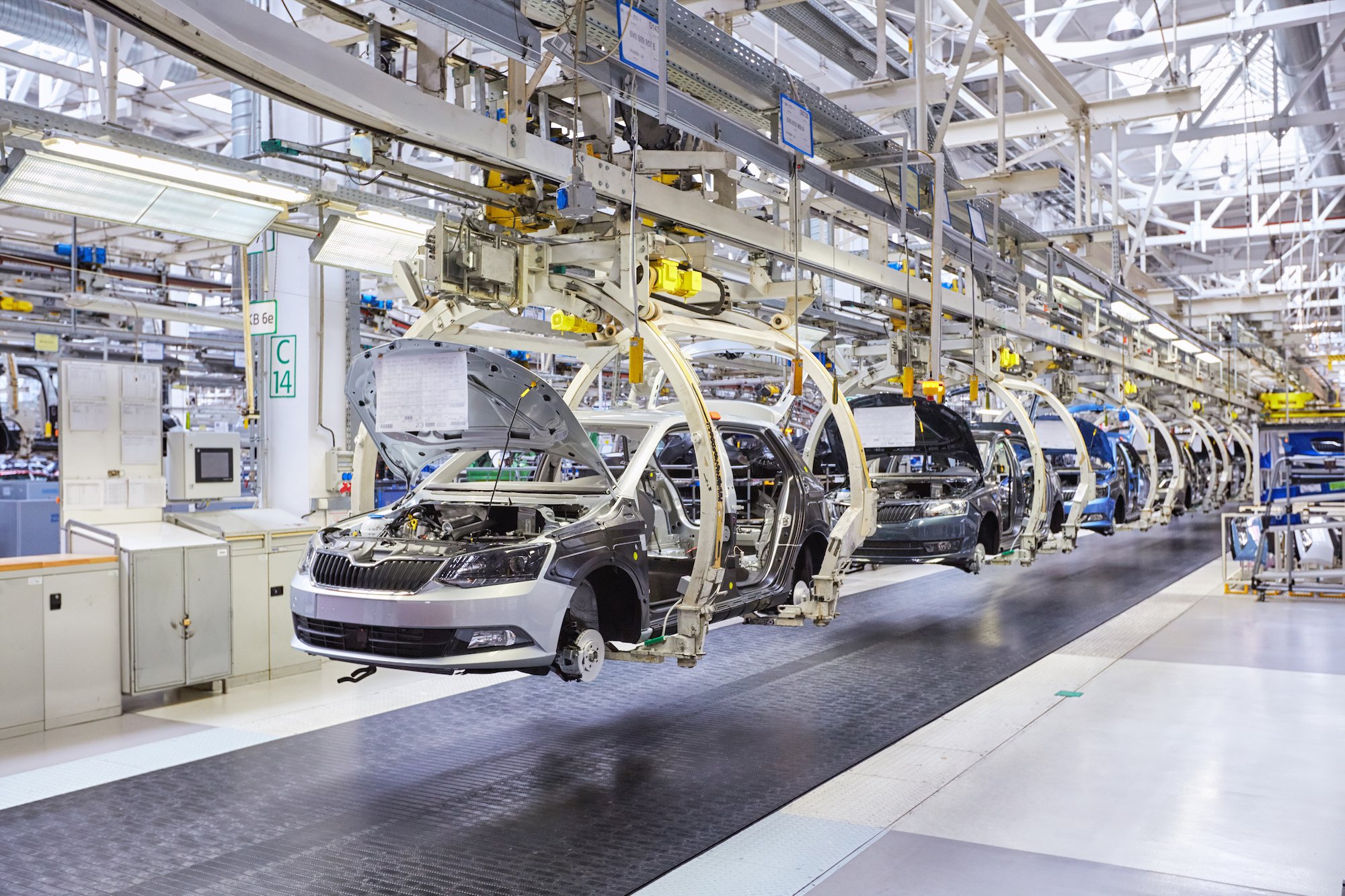




It caught my attention when you said that 3D printing could improve and accelerate processing while minimizing downtime which will benefit manufacturing companies. This reminded me of companies that need help in coming up with designs that need to be printed out within a short period of time. I would imagine a 3D printing company helping the industry in creating designs that are precise and accurate.
I love what you said about 3D printing impacting the manufacturing industry greatly because they are able to produce fixtures at a fraction of the price. I’d imagine that it would be smart for a manufacturer to hire a 3D printing service that has a lot of experience with fixtures. Thank you for your article explaining how 3D printing benefits different industries.